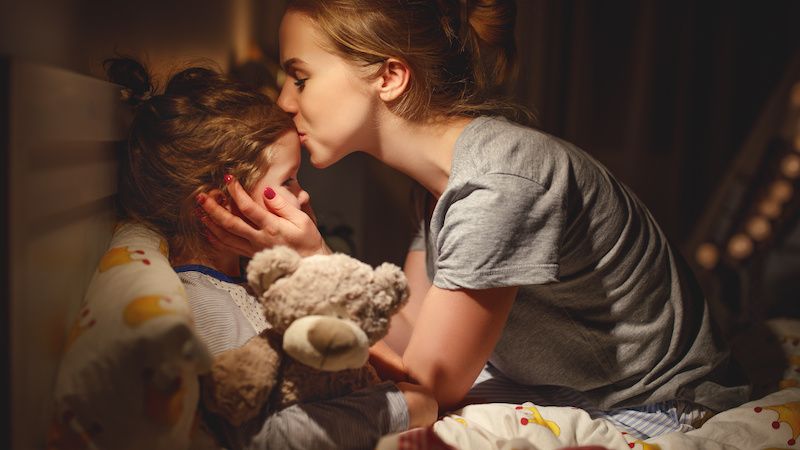
The search for space: what do homebuyers want in their next home?
We take a closer look at the everchanging demands placed on our homes.


There are many factors that could can affect your child’s ability to sleep soundly. From diet and activity level, to age and personality type, some children naturally have more trouble sleeping than others. However, many parents don’t realise that the way they design their child’s bedroom could also have a significant effect on their sleep quality.
According to the NHS, children need between 8 to 16 hours sleep a day depending on their age:
If you feel your child is falling significantly short of these guidelines, one of the first things you should look at is your child’s sleep environment – their bedroom. You might be surprised how simple the fix could be.
When designing a child’s bedroom, it can be easy to get caught up in popular themes, novelty furnishings and layouts designed for play. However, a child’s bedroom should be, first and foremost, a place of quiet, calm and relaxation. A place where they can escape from the noise and fast pace of their day-to-day activities.
Here, we take a look at various design features and children’s bedroom ideas to help you design your child’s room for the best possible night’s sleep.
Colour psychology suggests that colour can have an active influence on our minds and bodies, affecting our mood as well as our ability to sleep. While certain colours evoke feelings of relaxation, others stimulate the mind to make you feel more awake. So which colours offer the best choice for your child’s sleep environment?
In general, studies suggest that muted colours provide the most soothing bedroom aesthetic, with blue, green and yellow being the most effective in promoting calm and tranquillity.In a 2018 study the colour blue in university residence halls was proven to evoke the most calming atmosphere for stressed pupils, and is often cited as the best colour for promoting sleep. Green meanwhile, can mimic the calming effects of nature on the brain, while light, pastel shades of yellow can help to create an uplifting atmosphere for children who are naturally anxious around bedtime.
It’s well known that blue light has a negative influence on our ability to sleep. Artificial blue light is used in electronic devices such as mobile phones, tablets, laptops and games consoles, along with energy-efficient fluorescent bulbs and LED lights. Blue light has a lot of positive effects – helping to boost alertness, heighten reaction times and even elevate your mood – however, few of these are conducive to quality sleep.
When it comes to decorating your child’s bedroom, warm, soft lighting often creates the most relaxed atmosphere. Try installing smaller lamps and fairy lights that you can turn on closer to bedtime to help calm the mood and get them ready for sleep. If your child is afraid of the dark, you can make their room feel safe with a nightlight that casts soothing amber or yellow tones. You could even get a nightlight with a timer, helping your child fall asleep without risk of waking them in the middle of the night.
The room doesn’t have to be completely silent for your child to be able to sleep, but it does help if noise levels are kept consistent. This means no sudden noises that might disturb them as they drift off. A few ways to help reduce noise include keeping windows and doors shut, hanging heavier curtains and positioning your child’s cot or bed away from windows – especially if their room fronts onto a road.
The temperature in your child’s room should be kept between 16 and 20 degrees Celsius. Installing a thermometer will help you monitor the temperature as the seasons change and adjust radiators or air conditioning accordingly.
At the end of a long day, the idea of doing a huge clear up of your child’s bedroom might not be the most inviting prospect. However, research suggests that a quick tidy could do wonders for your child’s quality of sleep. By clearing the clutter you’ll be actively helping to lower feelings of stress and anxiety, while simultaneously helping them to feel more lively and motivated when they wake in the morning.
Storage solutions for your child’s bedroom will depend largely on the space available. Anything from well-organised under-bed storage, to built-in cupboards and wooden toyboxes will help you easily banish disruptive clutter before lights out.
Picking the right bed is the most important furniture decision you have to make when designing your child’s bedroom, ensuring that it’s comfortable, safe, sturdy and preferably long-lasting.
There’s a lot to consider when looking at children’s beds, for example: